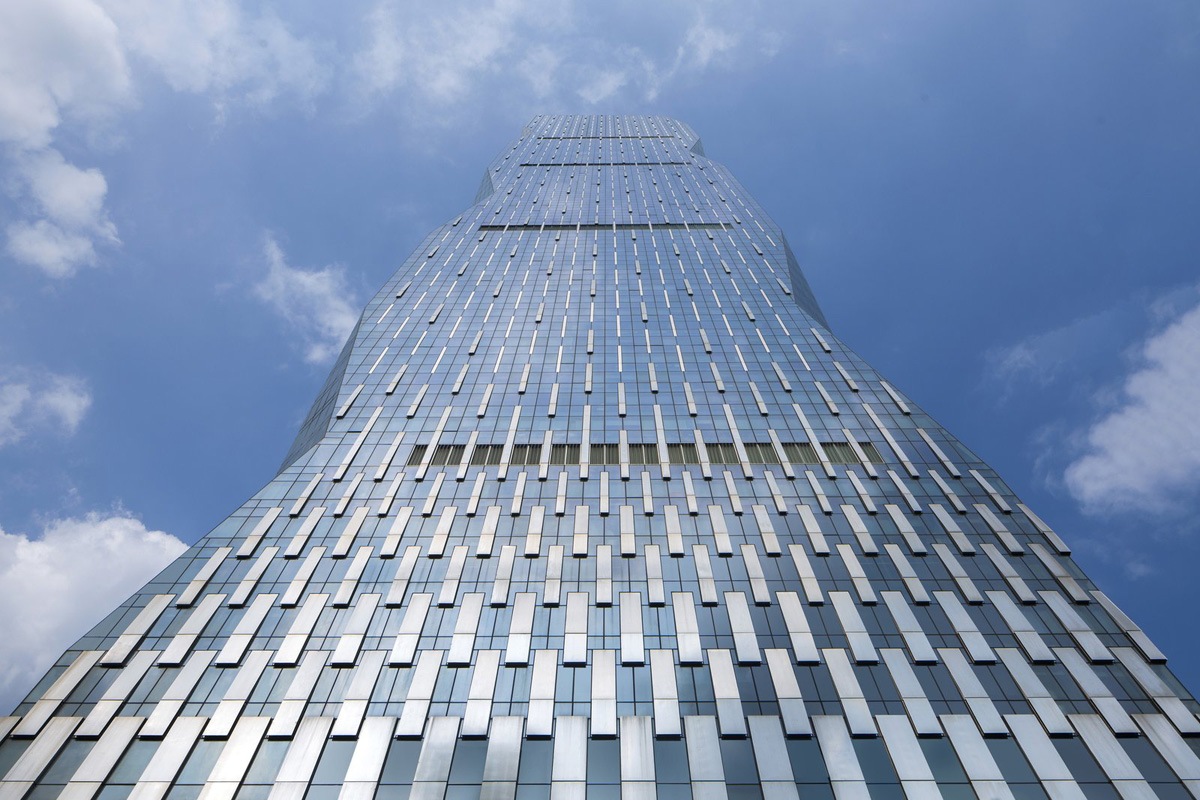RIO DE JANEIRO, BRAZIL – (Reuters) Brazil’s top four listed lenders are giving months-long extensions for consumers and companies to repay R$235 billion (US$43.98 billion) in outstanding loans, a move to give financially squeezed borrowers breathing room.
The loans subject to forbearance programs, which range from 13 percent of Banco Santander’s portfolio to 10 percent of Itau-Unibanco, are an indicator of potential defaults. It was unclear how many borrowers, squeezed during the coronavirus crisis, will be able to pay their debts once the grace periods end.
The extensions, granted between March and June, vary from 60 to 180 days, depending on the bank. That echoes the situation at their U.S. cohorts, some of which acknowledge more loans may go bad as forbearance plans expire.
Banco do Brasil has offered extensions on 11.6 percent of its portfolio, while Banco Bradesco has done so on 12.75 percent.
Executives have declined to make firm predictions for future losses. They have said defaults may be smaller than initially feared, pointing to preliminary signs the Brazilian economy could recover.

Still, bank CEOs speaking in conference calls over the past two weeks were unanimous in predicting that 90-day default ratios would spike by year-end or the beginning of 2021, when the forbearance periods end. The ratio stands at around 3 percent for the country’s biggest lenders.
Itau’s CEO Candido Bracher expecting default ratios to reach all-time highs, while Bradesco’s CEO Octavio de Lazari said in an interview it is likely to be around 3.7 percent.
“Loan delinquency rates are likely to be worse than in previous crises, but recovery should also be faster,” said Goldman Sachs’ equity analyst Tito Labarta.
Brazil’s declining benchmark interest rates, cut again on Wednesday to a record low of 2%, could make debt burdens more manageable than in the past, Lazari added. In 2016, amid Brazil’s most recent recession, interest rates were at 14.25%.
Brazil’s four biggest lenders have already set aside 18.9 billion reais in extra COVID 19-related loan provisions in the last two quarters, depressing profits.
“In Latin America, Brazilian banks should have the best performance amid the coronavirus crisis, as they have already increased provisions a lot,” said Labarta.
A new bill approved by Brazil’s Senate on Thursday evening capping interest rates on credit card debt and overdraft lines at 30% per year is likely to add more pressure on banks, if the country’s lower house also approves it.
Source: Reuters

